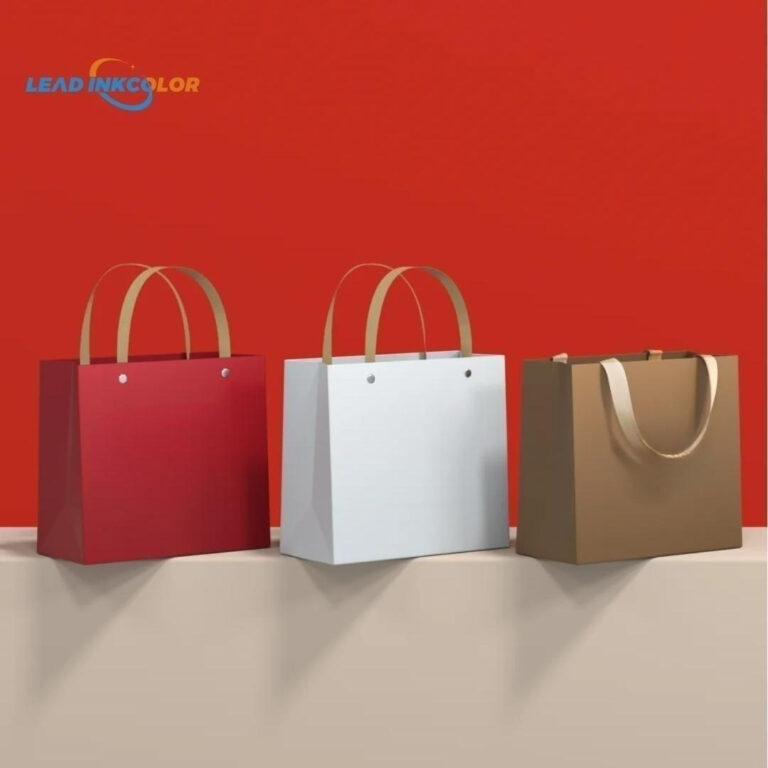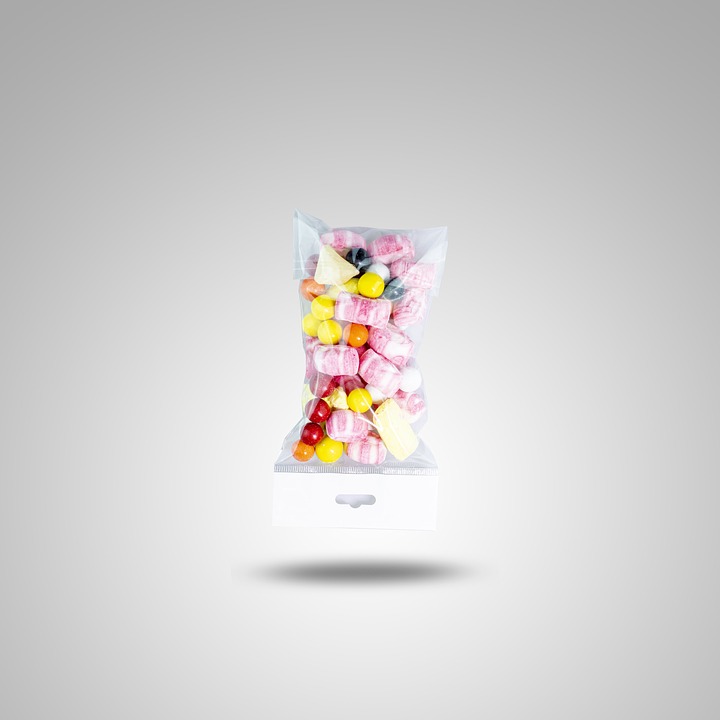-
home dongguan Houjie Industrial Park
The Evolution of Perfume Packaging: Trends, Predictions, and Possibilities
[ad_1]
Perfume packaging has undergone a significant transformation over the years, driven by advancements in technology, changing consumer behavior, and the rise of e-commerce. In this article, we’ll explore the evolution of perfume packaging, the current trends and predictions, and the possibilities that lie ahead.
A Brief History of Perfume Packaging
Perfume bottles have been around for centuries, with their evolution mirroring the changes in society, technology, and design. From elegant glass bottles to sleek, minimalist designs, perfume packaging has always played a crucial role in enhancing the perfume experience.

In the past, perfume packaging was simple, with glass bottles and decorative boxes being the norm. The 19th and 20th centuries saw the rise of ornate designs, luxurious materials, and intricate engravings. The 21st century has witnessed a shift towards minimalism, functionality, and eco-friendliness.
Current Trends in Perfume Packaging
Today, perfume packaging is no longer just about aesthetics; it’s an integral part of a brand’s identity and marketing strategy. Some of the current trends include:
- Sustainability: Eco-friendly materials, minimal waste, and reduction in carbon footprint are high on the priority list.
- Minimalism: Simple, clean designs that don’t overwhelm the senses.
- Personalization: Customization is key, allowing consumers to personalize their perfume bottles with their name, initials, or a special message.
- Digital Integration: Integration with social media, e-commerce, and augmented reality (AR) experiences are changing the way consumers interact with perfume bottles.
Predictions for the Future of Perfume Packaging
As technology continues to evolve, we can expect perfume packaging to become even more innovative and interactive. Some predictions include:
- Nanotechnology: Using nanomaterials to create stronger, more durable, and sustainable packaging.
- Biodegradable materials: Harnessing the power of nature to create eco-friendly packaging solutions.
- Scent-activated packaging: Using sensors and AR to bring the perfume experience to life.
Possibilities and Challenges Ahead
The future of perfume packaging holds numerous possibilities, from scents-activated packaging to personalized AR experiences. However, there are also challenges to be addressed:
- Eco-friendly alternatives: Finding sustainable alternatives to traditional materials and reducing waste.
- Consumer engagement: Encouraging consumer interaction and sharing through social media and e-commerce integration.
- Regulatory compliance: Adhering to regulations and standards while innovating and experimenting with new materials and designs.
Conclusion
The evolution of perfume packaging is a testament to human ingenuity, creativity, and the constant pursuit of improvement. As technology advances and consumer behavior changes, the perfume industry is poised for a thrilling future, driven by innovation, sustainability, and customer engagement.
FAQs
- Q: What is the most popular perfume bottle shape? A: The most popular perfume bottle shape is the hourglass shape, followed by the cylindrical and rectangular shapes.
- Q: What is the most sustainable material for perfume packaging? A: Glass is generally considered the most sustainable material for perfume packaging, followed by bioplastics and paper.
- Q: How does e-commerce affect perfume packaging? A: E-commerce has led to a shift towards smaller, lighter, and more compact perfume bottles that are easier to ship and less prone to breakage.
[ad_2]





